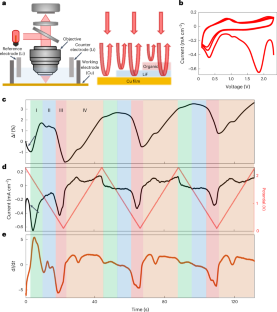新しい研究によると、太平洋の海岸線はエルニーニョとラニーニャの周期に対して異なる反応を示す可能性があることがわかりました。 New research shows coastlines across the Pacific Ocean may respond differently to El Niño and La Niña cycles.
2023-02-10 ニューサウスウェールズ大学(UNSW)
◆ENSOは、太平洋の海面水温に変動をもたらす自然気候現象です。エルニーニョと呼ばれる温暖期と、ラニーニャと呼ばれる寒冷期があり、周期によって異なる海岸線の天候に影響を与える。
◆これらの期間には、海岸浸食も激化し、砂浜から砂が移動し、海辺の家屋や生息地が脅かされることもある。しかし、従来の沿岸モニタリング技術では、このような現象を幅広く研究することはできませんでした。
◆地球を周回する人工衛星は、約40年前から世界の海岸線の画像を一定間隔で撮影している。研究者たちは、画像処理と機械学習アルゴリズムを組み合わせたCoastSatと呼ばれる新しいオープンソースツールを開発し、環太平洋に沿った数千の砂浜に関する情報をすべてのピクセルから抽出しました。
◆このツールを使って、研究者たちは38年間のランドサット衛星写真を処理し、オーストラリアの東海岸からカリフォルニアの西海岸、チリに至る8000km以上の砂浜の海岸線におけるエルニーニョとラニーニャの周期と海岸の幅の相関を見いだしました。
◆その結果、オーストラリアの南東海岸の砂浜は、ラニーニャ現象が長引くと狭くなり、エルニーニョ現象が発生すると広くなる(つまり、増水する)ことがわかった。しかし、太平洋の反対側の海岸では、エルニーニョの時期に浸食され、ラニーニャの時期に回復するという逆の現象が起こっている。
<関連情報>
- https://newsroom.unsw.edu.au/news/science-tech/beach-erosion-satellites-reveal-how-climate-cycles-impact-coastlines
- https://www.nature.com/articles/s41561-022-01117-8
エルニーニョ/南方振動に支配された太平洋の海岸線侵食と付加のパターン Pacific shoreline erosion and accretion patterns controlled by El Niño/Southern Oscillation
Kilian Vos,Mitchell D. Harley,Ian L. Turner & Kristen D. Splinter
Nature Geoscience Published:09 February 2023
DOI:https://doi.org/10.1038/s41561-022-01117-8

Abstract
In the Pacific Basin, the El Niño/Southern Oscillation (ENSO) is the dominant mode of interannual climate variability, driving substantial changes in oceanographic forcing and impacting Pacific coastlines. Yet, how sandy coasts respond to these basin-scale changes has to date been limited to a few long-term beach monitoring sites, predominantly on developed coasts. Here we use 38 years of Landsat imagery to map shoreline variability around the Pacific Rim and identify coherent patterns of beach erosion and accretion controlled by ENSO. On the basis of more than 83,000 beach transects covering 8,300 km of sandy coastline, we find that approximately one-third of all transects experience significant erosion during El Niño phases. The Eastern Pacific is particularly vulnerable to widespread erosion, most notably during the large 1997/1998 El Niño event. By contrast, La Niña events coincide with significant accretion for approximately one-quarter of all transects, although substantial erosion is observed in southeast Australia and other localized regions. The observed regional variability in the coastal response to ENSO has important implications for coastal planning and adaptation measures across the Pacific, particularly in light of projected future changes in ENSO amplitude and flavour.



